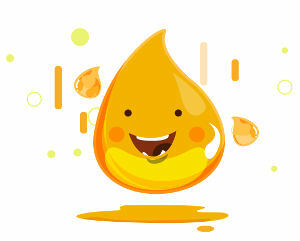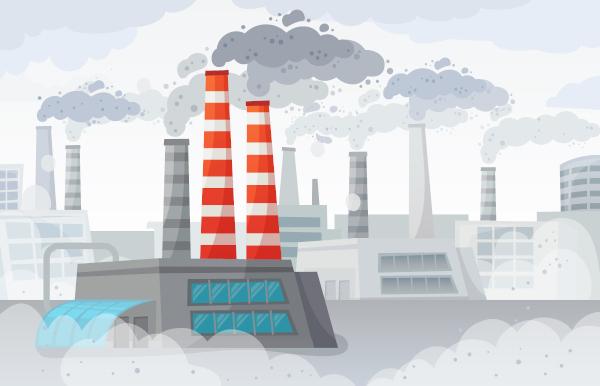The kidneys are two organs of the urinary system related to blood filtration and urine formation. This substance, which is rich in excess products and toxic to the body, is produced more precisely in the nephrons, the functional structures of the kidneys.
To understand the formation of urine, we must first understand the structure of a nephron. It is basically formed by the renal corpuscle and the nephric tubule, which is composed of the proximal tubule, loop nephric or loop of Henle and distal tubule (see the figure below). This last portion flows into the collecting duct.
In the renal corpuscle we find a tangle of capillaries, the glomeruli, inserted into an expansion called Bowman's capsule or renal capsule. There, the blood goes through a filtration process, and a plasma-like filtrate goes into the capsule. This liquid differs from plasma in that it does not normally contain proteins.
The filtrate then passes to the nephric tubule and, there, the reabsorption of amino acids, glucose, ions, water and possible proteins takes place, as well as the return of these substances to the blood. In diabetics, for example, glucose can be present in large amounts, and its total reabsorption is not observed. The elimination of glucose in the urine is called glucosuria.
In the nephric tubule there is also the addition of some substances to the filtrate, such as substances produced in the cell's metabolism, drugs and medications. This process is called secretion.
Therefore, we can summarize the process of urine formation in three steps:
1- Filtration.
2- Resorption.
3- Secretion.

Look closely at the structure of a nephron
Urine color is related to the amount of water ingested by each person. When water intake is lower than what our body needs, urine becomes very concentrated, with a dark yellow color. When we drink water in the proper amount, our urine is lighter in color. Coloring can therefore be used to assess whether or not we are hydrating our body correctly.
Curiosity: Human kidneys produce an average of two liters of urine per day, being able to filter an average of 190 liters of blood daily.
Take the opportunity to check out our video lesson on the subject:



